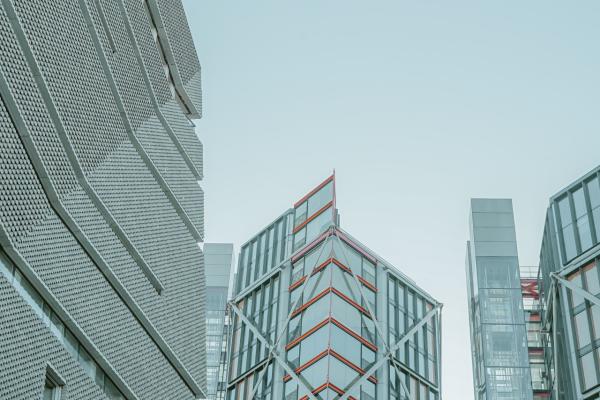Supreme Court Ruling on What Constitutes a Nuisance
Mere overlooking by one property over another may not amount to a legal nuisance – but the Supreme Court has ruled in a landmark case that residents of flats that could be peered into by hundreds of thousands of visitors to London’s Tate Modern art gallery suffered exactly that wrong.
The gallery’s 10-storey-high extension, called the Blavatnik Building, opened in 2016 and included a public viewing platform which at the time allowed an estimated 500,000-600,000 visitors a year to enjoy panoramic views over the capital. It was greeted with dismay, however, by residents of a neighbouring, heavily glazed block of flats after visitors to the gallery took to peering into their homes, some of them waving and using binoculars. Many intrusive photographs had appeared on social media.
A number of flat owners launched a ground-breaking common law nuisance claim against the gallery’s board of trustees, seeking either damages or an injunction requiring them to prevent visitors from looking into their homes. Their claim was rejected by the High Court on the basis that they had exposed themselves to visual intrusion by choosing to live in flats with glass walls. Their challenge to that decision also fell on fallow ground when the Court of Appeal ruled that mere overlooking cannot, by itself, give rise to liability for nuisance.
Reversing that outcome by a majority, the Supreme Court emphasised that ordinary people would consider that the near-constant observation of residents going about their lives would amount to a substantial interference with the ordinary use and enjoyment of their homes. Inviting many thousands of visitors to admire the view from the viewing platform was not a common or ordinary use of the gallery’s land, even in the context of a heavily built-up part of south London.
Given that the viewing platform was an abnormal and unexpected use of the land, it was no answer for the gallery to argue that the residents would not have suffered a nuisance if their homes had been differently designed or constructed. Arguments that it would be reasonable to expect residents to protect themselves by putting up blinds or net curtains wrongly placed the responsibility on the victim to avoid the consequences of the abnormal land use.
The Court accepted that flat owners cannot generally complain of nuisance merely because their properties are overlooked by another building. However, the residents’ complaint was that members of the public are invited to look out from the viewing platform – from which they can, and do, peer into their flats – and that the gallery had allowed this to continue, without interruption, for most of the day every day of the week. There was no reason why constant visual intrusion of such a kind could not give rise to liability for nuisance.
It was no defence for Tate Modern to assert that it was using its land reasonably in a way that was beneficial to the public. On the facts of the case, the Court concluded that the board of trustees was liable for the nuisance caused to residents. The case was remitted to the High Court for consideration of what remedy they should be granted.
Fern & Ors v Board of Trustees of the Tate Gallery.
